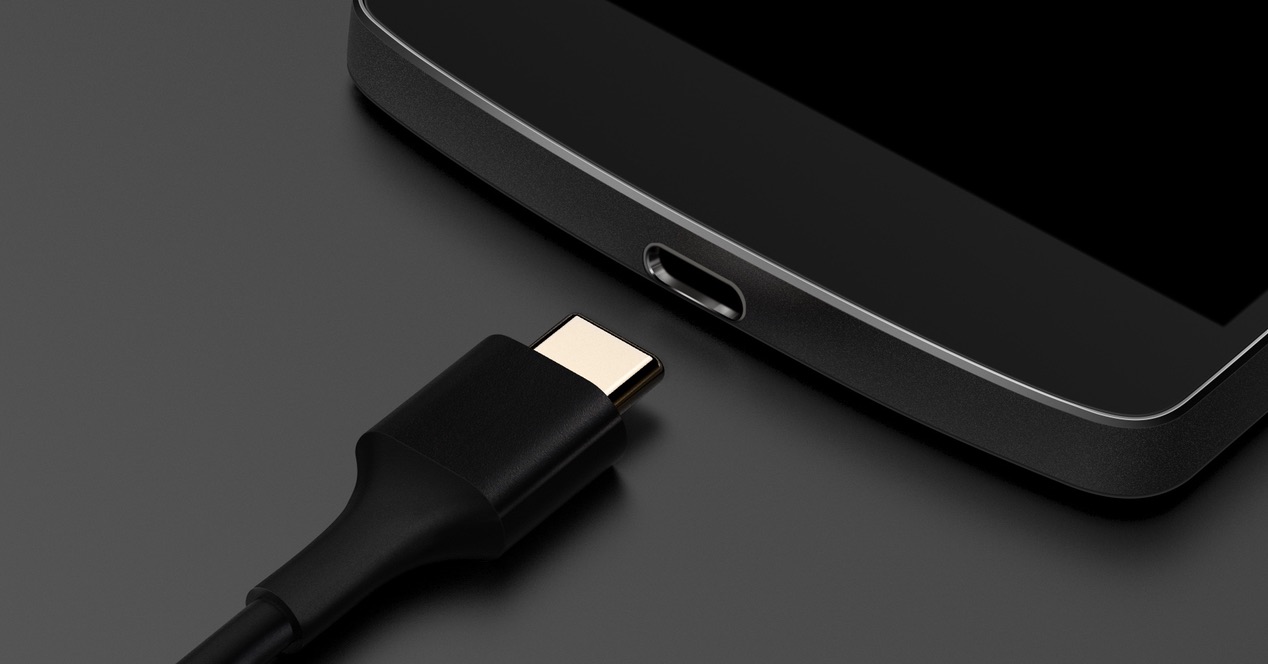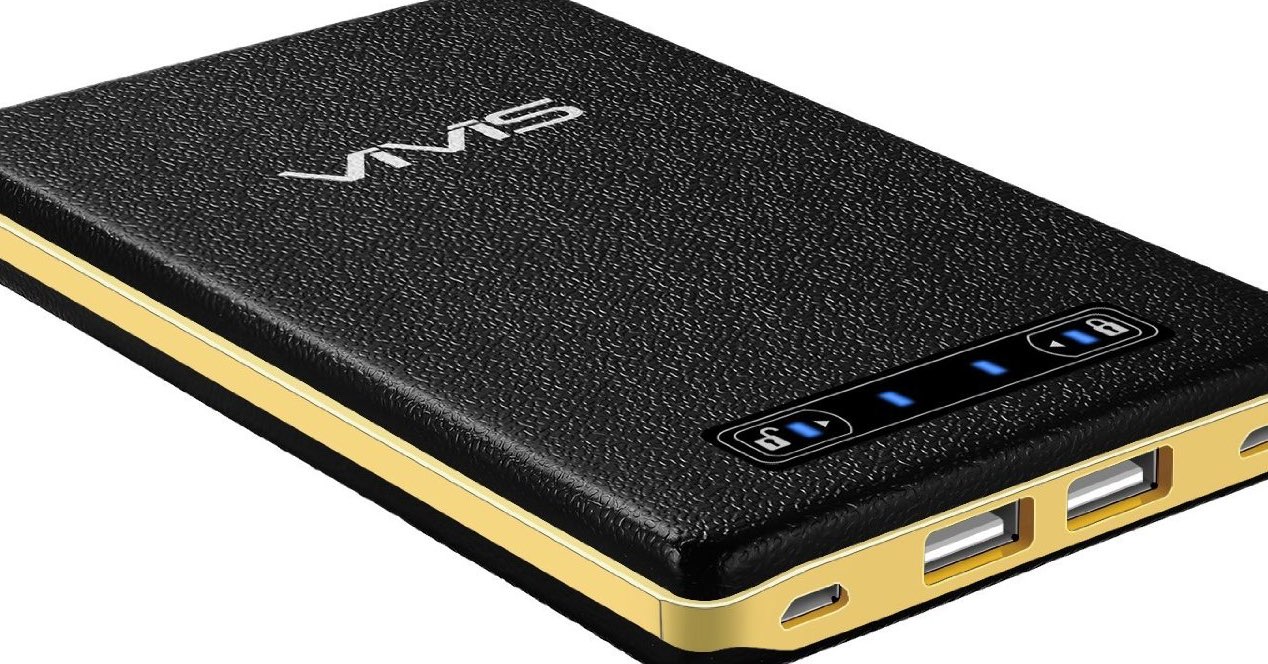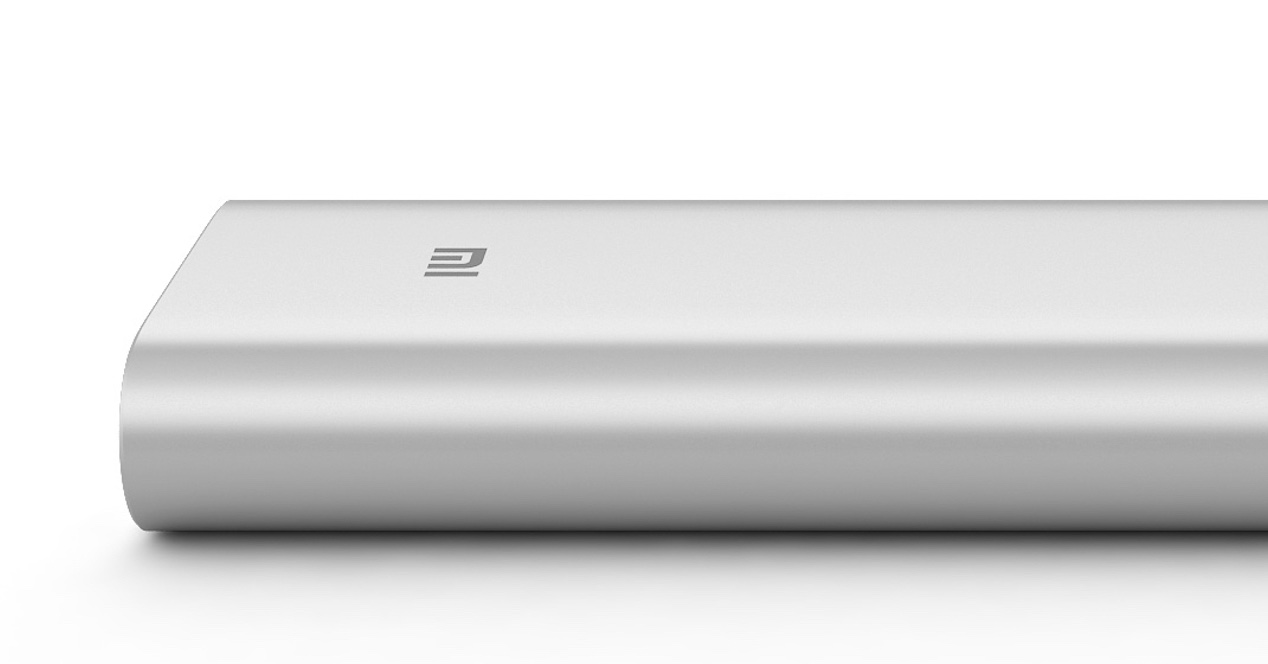
No, make no mistake, USB Power Delivery is not a Google standard, but it is the one that the company has chosen as a requirement for all manufacturers who want to use Android on their mobiles. It seemed like it could be the end of proprietary fast charging systems like Quick Charge. But now Qualcomm has officially announced the new Quick Charge 4.0, compatible with USB Power Delivery, but supposedly better than rivals.
Quick Charge 4.0 standardized
USB Power Delivery is going to put some barriers to proprietary fast charging systems that we have seen so far, from many different manufacturers, such as Qualcomm, OnePlus, Samsung, Huawei and company. If the mobile uses Android, it will have to be compatible your charging system with USB Power Delivery. This standard regulates different load conditions, such as the power to be reached, 18 W in iteration 3.0. That means that all fast charging technologies from all manufacturers will have to have the same power. AND Quick Charge 4.0 comply with it. Now, if they are all standardized, what advantage is there between a Quick Charge 4.0 and any other that is compatible with USB Power Delivery?
Showing off quality
According to Qualcomm, there is still a difference even though the charging power will be the same. For example, they affirm that the quality of their designs and manufacture assures users that the optimization of the charge will always be the maximum and that with this they can get a battery to charge up to 20% faster with Quick Charge 4.0 than with other technology also standardized to USB Power Delivery.

Among other things, they speak of an optimized circuitry in which there would be almost no loss of energy, as well as an improved management of values that other technologies could not take into account, such as the temperature of the battery, for example. It is true that these characteristics can affect the performance of the charging system, but that is something well known also by other manufacturers, and it does not seem that they are going to say anything different.

The path that Google has taken of demanding standardization is actually nothing negative. Reaching such high charging powers is probably one of the most dangerous news that we have faced in the world of smartphones. It involves having to work with electricity at a more complex level, and also exposing the devices to voltage and current ranges outside of what is usually normal. With optimal manufacturing there should be no problems, but lately even the designs of the big manufacturers are in doubt, so standardization is never wrong.
